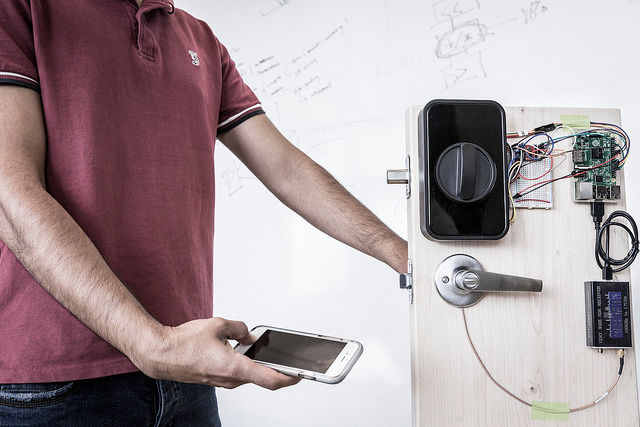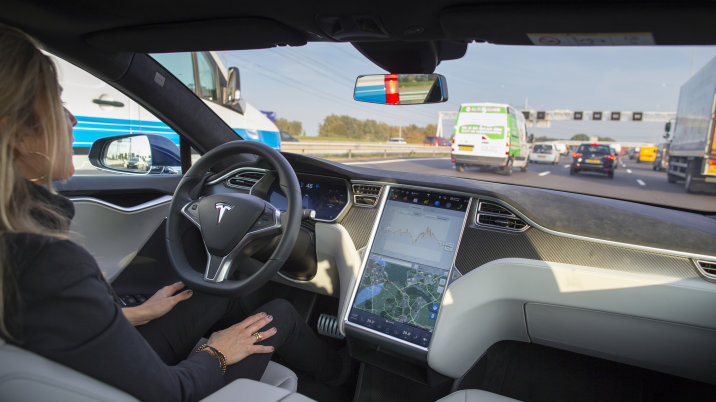With information technologies developing incredibly fast these days, a security problem has also emerged. With people eavesdropping or hackers attempting to break encrypted codes, the exchange of data (through wireless signals) has become very vulnerable. Now it seems there is a way to send wireless signals in a much more secure manner. But, could this be a disruptive technology in the future?
“Computer scientists and electrical engineers have devised a way to relay the signal from a fingerprint scanner or touchpad through the body to a receiving device that is also in contact with the user.”
So how does this actually work?
Wi-Fi and Bluetooth are signals with a relatively high frequency. This means the signals are carried through the air and thus easier to intercept by people they’re not meant for. Now, a team of scientists has figured out how to turn fingerprint sensors into transmitters of weak, low frequency signals. Because of their weakness, these signals cannot be carried through the air, making it impossible for others (e.g. hackers) to intercept them. Interestingly, these signals can travel through the human body.
What does this mean?
Take for instance a door with an electronic smart lock. With this new technology, you can touch the doorknob and the fingerprint sensor on your phone and this way transmit a secret code/password through your body, to open the door. Important is the fact that this way the information is not “leaked” through the air, as would be the case through Wi-Fi or Bluetooth. This technology could be used in various other ways in the future, for instance on-site server and network authentication, but also on medical devices such as glucose monitors.
This new technology, which consists of fingerprint biometrics, does have some disadvantages. As devices capture not only an image of the finger, but also dirt and greases there are chances of being rejected during the authentication. Secondly, current technology cannot distinguish artificial fingerprints from real ones, making it possible to “trick” the scanner.
While these systems only work at an intimate scale, a truly secure method to transmit data wireless, even just at short range, could unlock many different possibilities in the future besides smart locks and wearable medical devices.
Fellow students, do you think in the future we will open password-locked doors using only our phones and body instead of the traditional keys?
Sources:
http://www.washington.edu/news/2016/09/27/secure-passwords-can-be-sent-through-your-body-instead-of-air/


